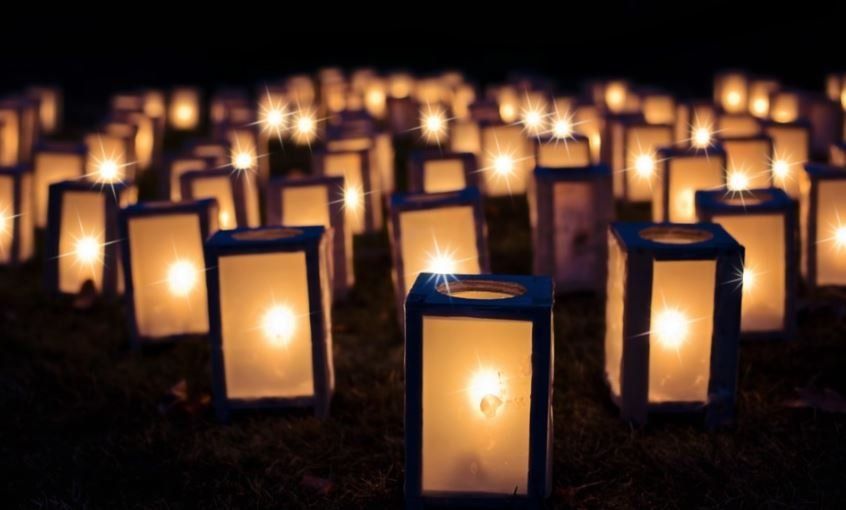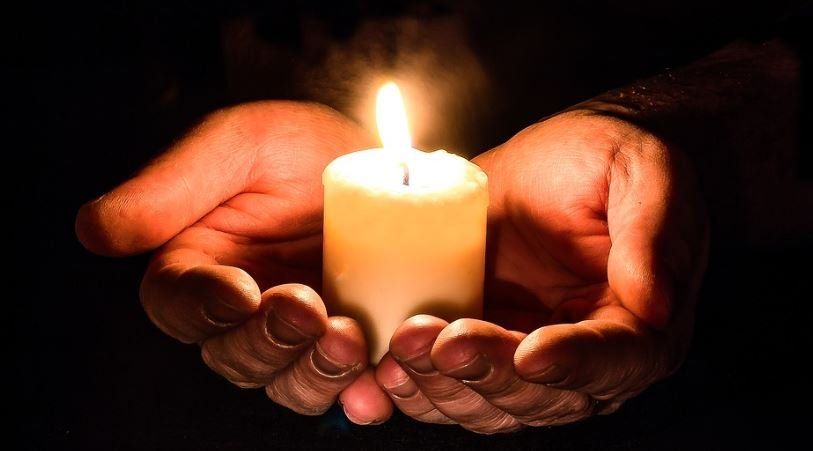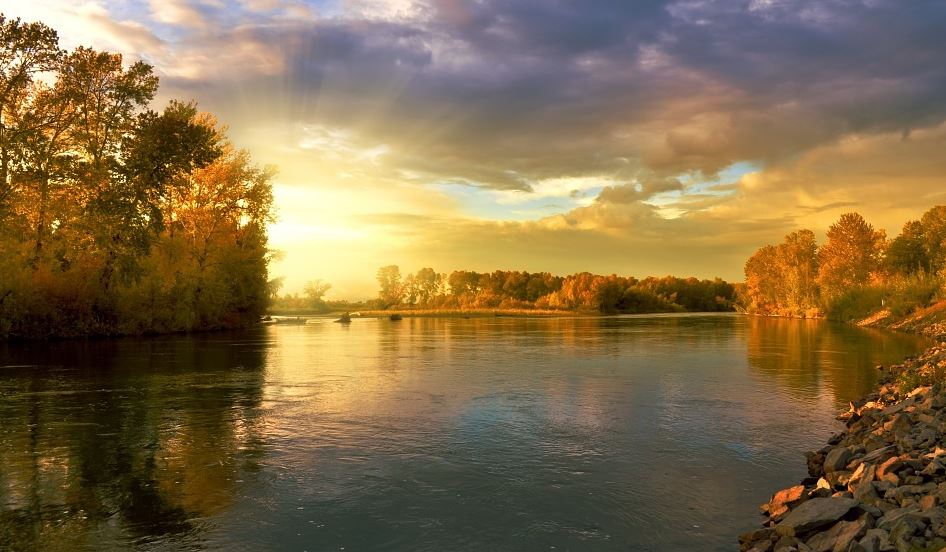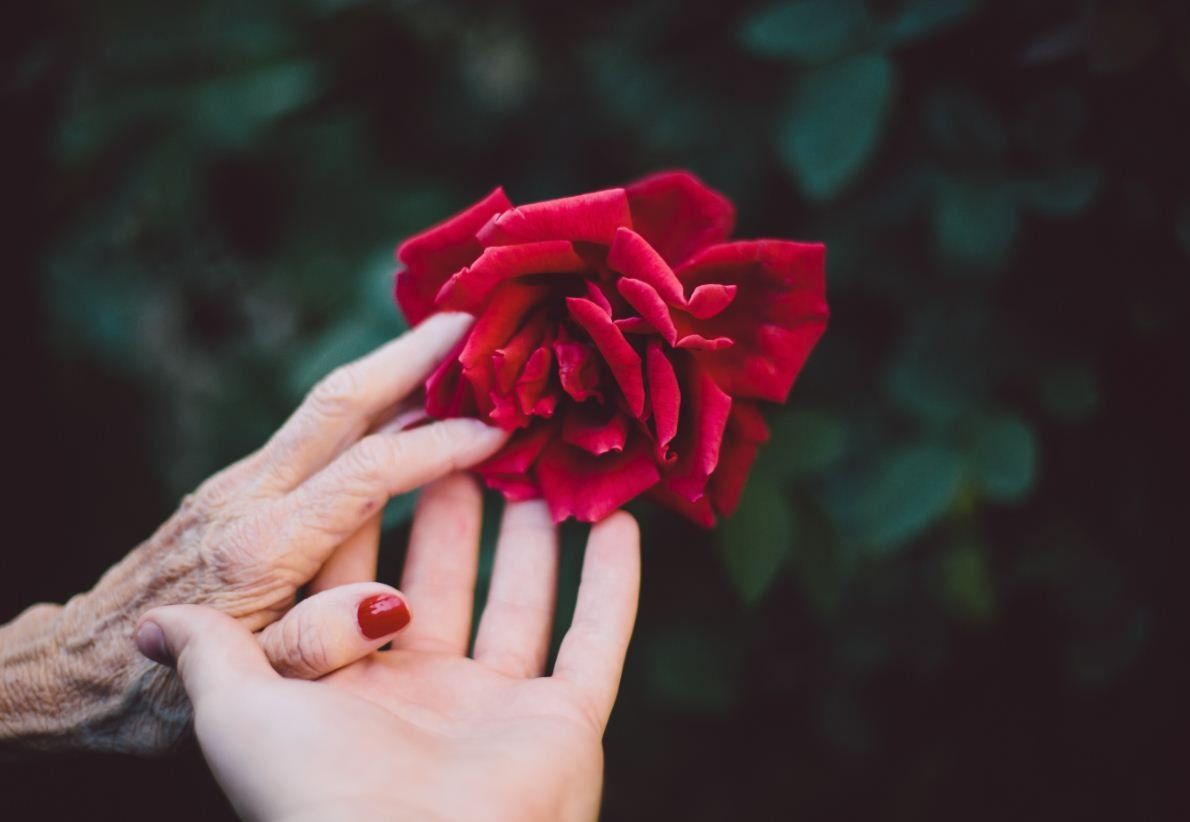The History of Flowers at Funerals
- By jgreen
- •
- 11 Feb, 2019
- •

Funerals at funeral homes in Florence, WI would not be complete without flowers. Even if you request charitable donations in lieu of flowers, you will still find that flowers are part of the funeral process. This history of flowers as part of funerals can help make sense of why flowers remain an abiding tradition.
Flowers originally served a very practical purpose in funerals. They were used for odor control as the body decomposed. Back before embalming became an integral part of the funeral process and before refrigerated storage was common in funeral homes, bodies decomposed naturally very quickly. Funeral home directors used flowers draped around the casket – which is still traditional today – to mask the smell, which could be quite noxious.
One of the most famous examples of this was the funeral of President Andrew Jackson in 1874. He was not embalmed, so by the day of his funeral, his corpse was in terrible shape. Funeral Director Lazarus C. Shepard closed his casket and piled fragrant flowers around and on top of his casket to mask the odor long enough for the funeral to be completed.
As embalming and other preservation techniques improved, the need for flowers to serve a practical purpose in the funeral process disappeared. However, flowers were seen as an visible expression of sympathy, care, respect, and love for the deceased and the deceased's family.
In the Midwest, for example, six women were designated as "Flower Ladies" and their role was to carry the flowers from the funeral to the flower vehicle and then set them up at the gravesite. They were chosen with the same care as the six pallbearers, and were usually close friends of the family of the deceased.
Flowers today are used to express sentiment and emotional support for grieving families. Not only are flowers sent to the funeral home, but oftentimes flowers – or plants – are sent to the home of family of the diseased.
While many people are foregoing flowers as their final wishes, there will still be some people for whom flowers are more personal and better express their condolences than making a charitable contribution.
Flowers also set the atmosphere for the funeral service. Even in the 21st century, if we attended a funeral service and there were no flowers at all, then we'd see the service as cold and impersonal and, somewhere in the back of our minds, we'd ask ourselves if the person who died had any friends or anyone who cared about them. That's how entrenched flowers are in the funeral tradition. So, even if you are asking for charitable contributions as the family of the deceased, be sure to buy at funeral spray (in the deceased's favorite color or with their favorite flowers) for the casket.
Different types of flowers have very specific meanings for funerals. Lilies, for example, which are the most common type of funeral flowers used, symbolize a return to innocence and purity. Carnations are also a common choice. Red carnations express respect, while white carnations symbolize remembrance. Roses are the third most common choice. White roses are equated with humility and youthfulness, while yellow roses denote strong relationship bonds.
To learn more about funeral flowers at funeral homes in Florence, WI, our knowledgeable and caring staff at Jacobs Funeral Homes & Crematory can help. You can drop by our funeral home at 417 Central Ave., Florence, WI 54121, or you can contact us today at (715) 528-3241.












